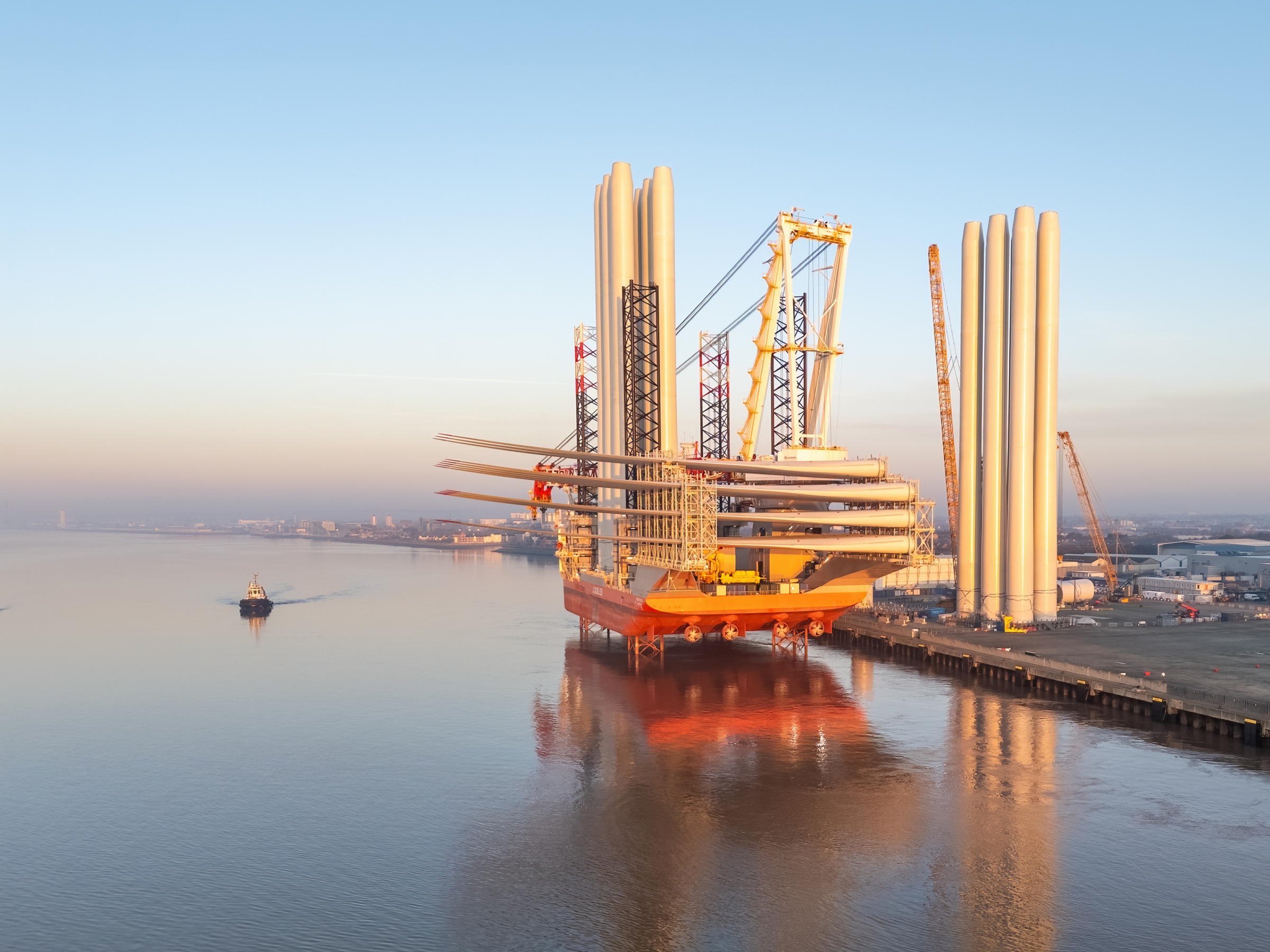United States President Donald Trump’s disdain for wind power risks ruining the sector’s chances of success on the other side of the Atlantic. But that may end up working in Europe’s favour.
This week, the US government decided to withdraw permitting approval for an offshore wind farm in the state of New York, claiming that the previous administration had not scrutinised the project’s planning sufficiently.
Empire Wind is an 800 megawatt $5 billion monster that is currently being built by Norwegian energy firm Equinor. It will be the biggest offshore energy site to provide New York with power when or if it is completed.
The permitting u-turn throws the future of the farm into serious doubt. Equinor will undoubtedly resort to legal action to protect its interests, as hundreds of millions of dollars have already been allocated and spent on the project.
New York governor Kathy Hochul has also pledged to fight back against the federal government’s decision. Regardless of whether either of those efforts are successful in saving the project, this is extremely negative news for America's offshore sector.
Trump’s administration has already paused all permitting of new offshore wind projects and this move to undermine in-progress construction that has already been granted all the necessary approvals could destroy any chance of future investments.
Without offshore wind to do a lot of the decarbonisation lifting that means the US will struggle to clean up its power grid and cut emissions. It will also inevitably mean higher bills for households.
Green objectives do not feature at all in Trump’s presidency playbook in any case but the fallout from these decisions will undoubtedly outlast his administration’s four years in power.
That is because the offshore wind business works in decades, not years. These projects are massive infrastructure undertakings that employ thousands of talented workers, require precision planning and robust supply chains.
Trump has not just taken the bottom block out of the Jenga tower, he has pushed the entire thing over and it will take a long time to rebuild.
But what is ultimately a massive loss for American bill payers could well end up being a benefit for their counterparts here in Europe, where offshore wind is projected to top 50 gigawatts by the end of the decade.
Supply chains are tight, partly due to the hangover of the pandemic and partly due to the vagaries of global trade, the latter of which is also being severely affected by policies made in Washington.
There is also a shortage of workers and limited numbers of the massive specialised ships that are needed to build wind farms. So if demand in the US will effectively be reduced to near zero sometime soon, all of those resources can be redirected to Europe.
At least in theory. Europe is not the only market for offshore wind. Asia, in particular China, is also barrelling ahead at pace, while South America also has big plans to build more turbines out at sea. The race, therefore, is on.
This competition for the space being vacated by the US could turn nasty but Europe does have a couple of big points in its favour. Wind is well-established already and investors can be relatively assured that u-turns like Trump’s will not happen here.
In fact, the opposite is already in progress. Permitting is being made simpler, more quickly and more robustly. Germany is leading the way on that, as new rule changes mean projects can be granted ‘overriding public interest’ status.
That has resulted in Germany permitting more than 4GW of new wind projects this year alone. That is more than what was approved between 2017 and 2022, so the future of the sector is very much rosy in the Bundesrepublik at least.
If other countries can follow suit and provide consistency where it is sorely lacking on the other side of the Atlantic, then the market can run rampant up to and beyond 2030.
That will ultimately mean more green power, cheaper electricity, fewer emissions and more energy security. For some reason, the US seems disinterested in all four of those benefits. Their loss.
Want more updates and analysis of what is happening in the world of energy and climate? Interested in finding a job in the sector or more information about public tenders? Sign up to our Energy Rundown newsletter here!

